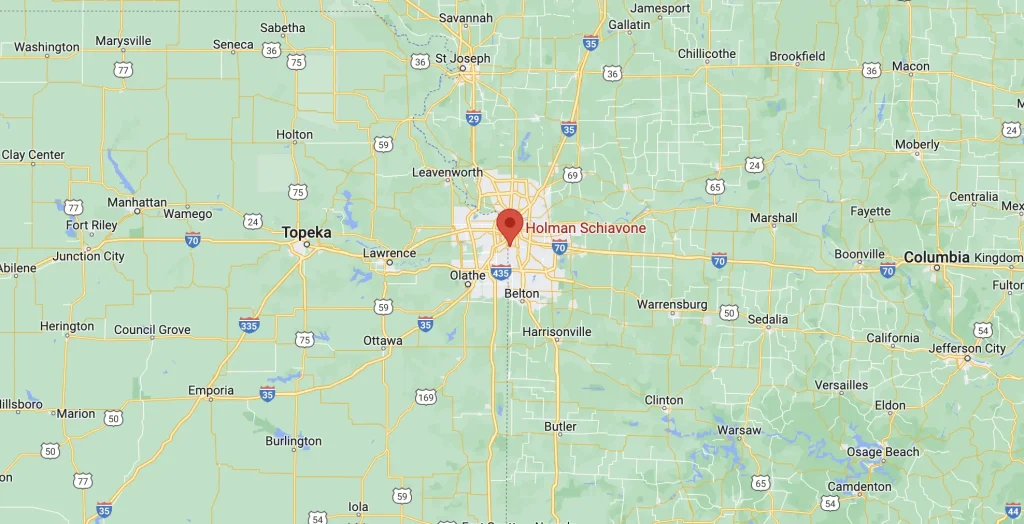In 2010, the National Highway Traffic Safety Administration (NHTSA) reported that 32,788 people lost their lives on America’s roadways. This number represents a significant decrease since 2005, and marks the lowest traffic fatalities since 1949. While several safety initiatives have contributed to these numbers, there are still many preventable accidents related to risky behaviors.
While many car accidents can be attributed to equipment failure, road design and roadway maintenance issues, over 95 percent of crashes are linked to risky driver behavior. Between 2009 and 2010, an average of 30 people died each day as a result of DUI. As impaired driving accounts for almost one-third of all traffic deaths, distracted driving accounts for another 11 percent in 2008 and 2009. Speeding was a factor in over 31 percent of human losses. Given that a large percentage of accidents are related to impairment, distractions and speeding, many of these tragic losses are preventable.
The NHTSA, as well as other safety stakeholders, such as the Governors Highway Safety Association, have promoted stricter distracted and impaired driving laws. Law enforcement efforts have increased, and some states have drafted progressive laws to address other factors such as distracted and impaired pedestrians and cyclists. Agencies like the National Transportation Safety Board (NTSB) have included impaired driving, teen driving safety and even human fatigue on its 2011 Most Wanted List.
Still, while many states report decreases in traffic fatalities for 2010, Pennsylvania has reported a 5.4 percent increase. For the Keystone State, seat belt violations and younger and inexperienced drivers were linked to the increased numbers.
While the national decrease in traffic fatalities is a sign that many safety initiatives are working, some experts believe that the lower numbers can be attributed to the nation’s poor economy and the higher price of gasoline. The NHTSA data revealed that during the latter part of 2010, crash fatalities corresponded to an increase in miles traveled.
Each life saved on our country’s roadways is a victory; however, every loss is a tragedy. Risky driver behavior is the primary culprit in traffic deaths and injuries. Curbing these behaviors may be the first step in saving lives and making our roads safer.
Road Safety Efforts Have Lowered The Number of Traffic Fatalities
Share on:
Facebook
Twitter
LinkedIn
Categories
- Blog (51)
- Car Accidents (101)
- Employee Rights (142)
- Employment Law (24)
- Medical Malpractice (33)
- Motor Vehicle Accidents (4)
- Motorcycle Accidents (10)
- Motorcycle Accidents (2)
- NONE (2)
- Personal Injury (64)
- Products Liability (7)
- Sexual Harassment (86)
- Truck Accidents (28)
- Uncategorized (98)
- Wage And Hour Laws (88)
- Workplace Discrimination (163)
- Wrongful Termination (92)


